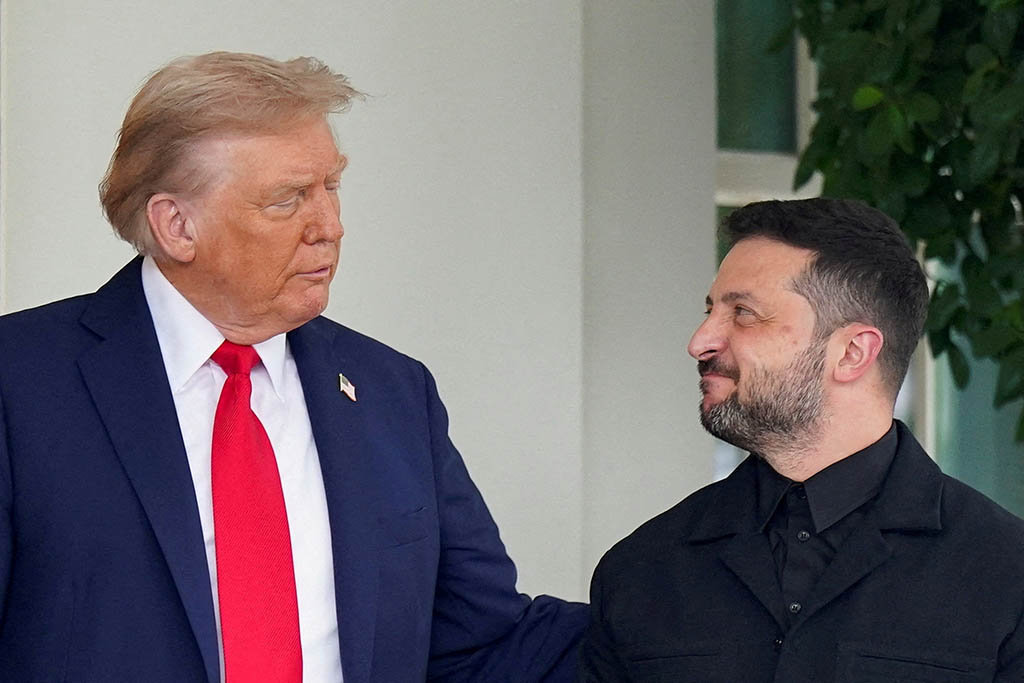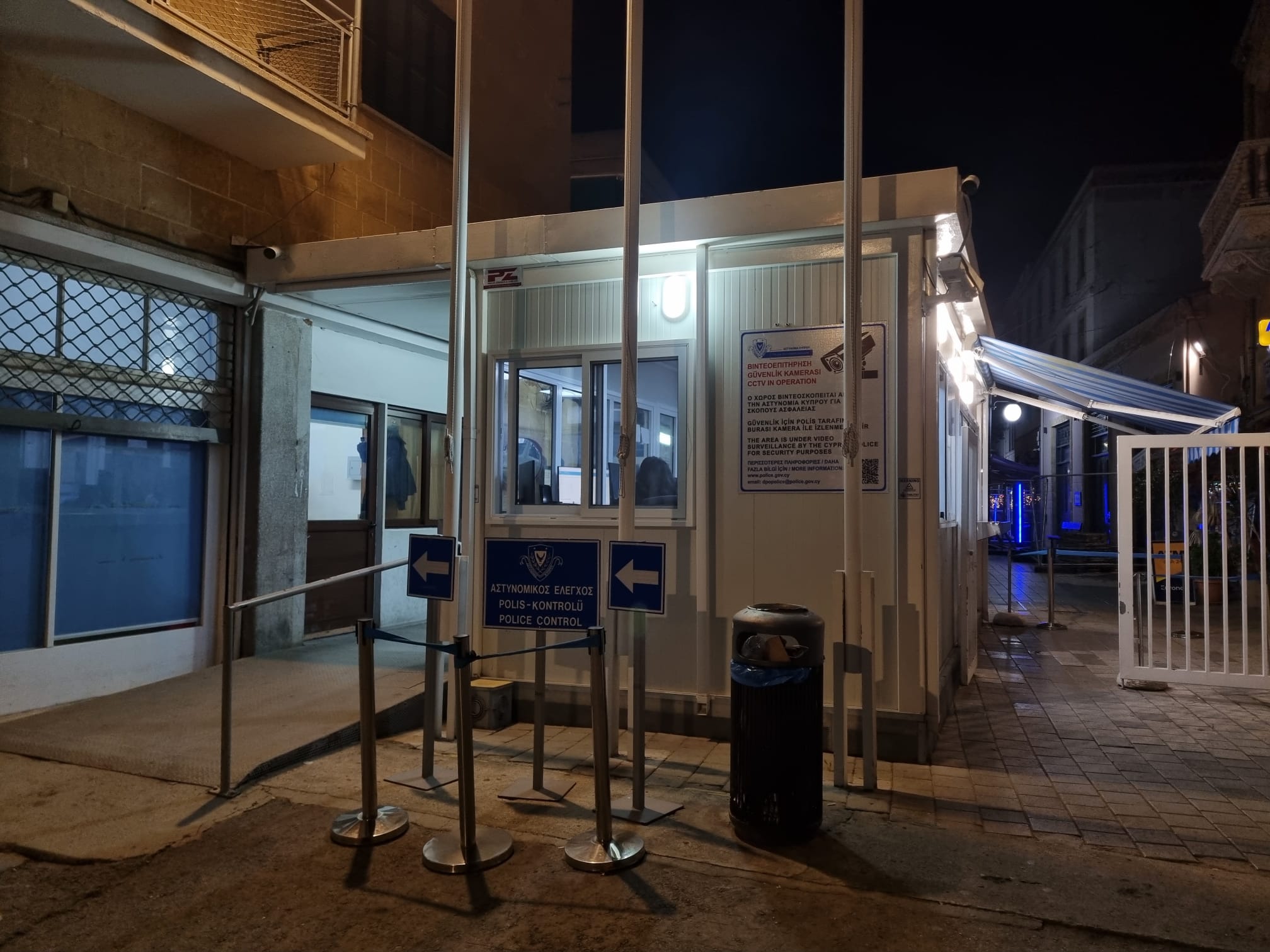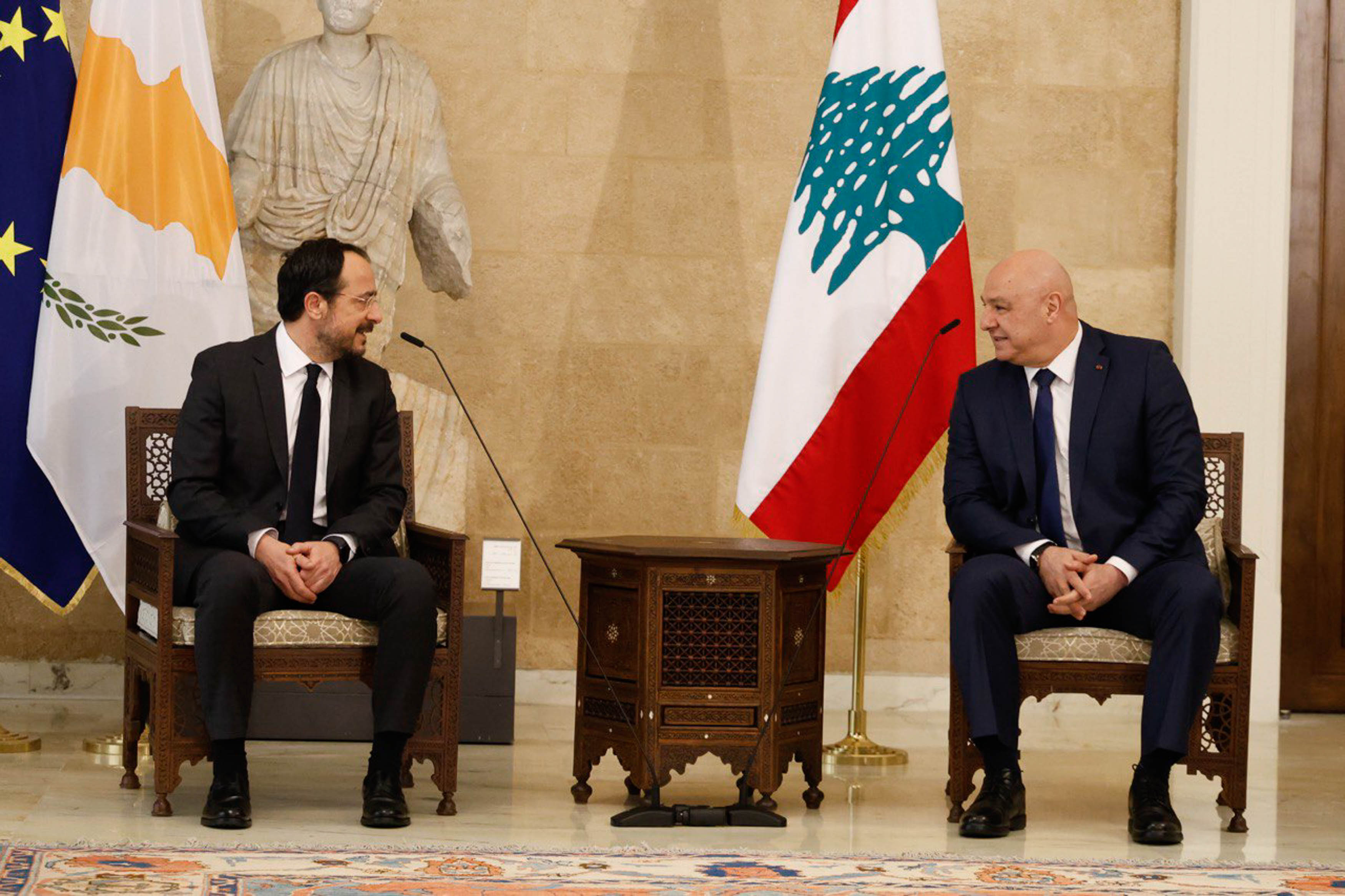It’s a longshot, not helped one jot by his flipflopping
Over the past 10 days we have witnessed intense activity over the Russian-Ukrainian war, with an array of emotions engulfing the interested parties as well as the general public at large.
The reason for the interchanging mix of emotions has been, you guessed it, Donald Trump’s approach to tackling the conflict. To characterise it as erratic is putting a positive spin on it and that is my attempt to avoid any bias against Trump’s efforts, given my lack of trust in the US president. And erratic is, I think, an accurate factual description of what we have seen in the past few days.
Building up to the August 15 summit between Trump and Vladimir Putin in Alaska, the US president had been insistent on the need for an immediate ceasefire to the war. He had threatened severe sanctions on Russia if the ceasefire was not implemented within a certain number of days. (Apologies, but I lost count of the number of days as they kept changing). I was reminded of the bombing of Iran which the US went ahead with as soon as the 60 days deadline that was set had passed. At the time the White House touted the need to be consistent with its threats if they were to be viewed seriously. This took precedence over the high-level meetings the US was to have with Iran only three days after the bombing took place.
No such concerns about consistency this time. The summit took place, and Trump’s reluctance to apply sanctions was masked by Trump explicitly saying that he was only going to be happy if the ceasefire was in place by the end of the summit; or else. The summit came and went, and not only sanctions were not imposed, but the whole issue of a ceasefire was thrown in the bin replaced by a preference for going to a comprehensive solution straight away. Score 1-0 to Putin.
Even I had to feel sorry for Trump. Unlike Arsenal’s visit to Manchester United on Sunday, (winning also 1-0 away), Arsenal had the decency to allow the hosts to be the better team. Trump on the other hand looked uneasy throughout the summit, laying out the red carpet for Putin who conversely looked confident and self-assured. His Foreign Minister Sergei Lavrov was reportedly seen wearing a CCCP sweatshirt (ex-Soviet Union), while Trump, out of respect for Putin I guess, did not wear his trademark MAGA red hat.
The Ukrainian camp was immensely worried that Trump had reached his 1938 Chamberlain capitulation moment when he invited Volodymyr Zelenskiy to the White House on August 18. Zelenskiy called in the cavalry for his assistance, arriving in the form of not one, not two, but seven heads of European governments/officials. The strategy was simple and transparent for everyone to see. Butter up Trump with compliments and try to sidestep the issue of territorial giveaways with concerns that needed addressing like the issue of security guarantees.
The issue of a ceasefire was forgotten, with only the German Chancellor Friedrich Merz making an effort to revive it, to the apparent dismay of the other Europeans who knew very well it was a lost cause. The incident served only to highlight the difficulty Europe still faces with speaking in one voice and emphasised its weakness.
The next steps for Ukraine are not so clear. Seeking a comprehensive solution in a short period of time, while the killing continues unabated, is not going to be a walk in the park. A meeting between Putin and Zelensiky (even if it is agreed to) is unlikely to hammer out an agreement unless a framework draws out the potential paths.
Let us assume for a moment that the security guarantees are put in place – and here in Cyprus we are all too aware how difficult that issue is. Russia has already signalled that it must be part of any final security arrangement which sounds very familiar to Cypriot ears. By last Thursday, it seemed that the whole process was going to be derailed because of it.
The issue of the Donetsk and Luhansk regions being annexed by Russia, on the other hand, is a much thornier issue. Perhaps here Trump’s erratic approach may prove an advantage, and he can manage to pull a rabbit out of the hat.
What if the two regions were demilitarised and came under the control of the UN? Then a referendum could be arranged in 15-20 years to determine their future. During that period the resources of the region could be applied in its reconstruction. Part of the $230bn of Russian assets that are frozen in Europe could also be used for that purpose. Crimea on the other hand would be formally recognised as part of Russia.
If the security guarantees are in place, then Ukrainian membership to Nato would be off the table. EU membership on the other hand would be possible but would not cover Donetsk and Luhansk.
You may say that the above are the deranged ideas of a person exposed to excessive exposure to the summer sun. Yet they serve to demonstrate how out-of-the-box thinking is required to come up with a possible framework for the much sought-after peace. After all, the above is far less controversial than Trump’s inhumane Code D’Azur proposal for Gaza, one that Israel is actively pursuing right now.
If Trump’s erratic style manages to come up with an outlandish but workable plan, without selling Ukraine out, then I for one would be cheering for him to get the Nobel Peace Prize.
Loukis Skaliotis is an economist







Click here to change your cookie preferences